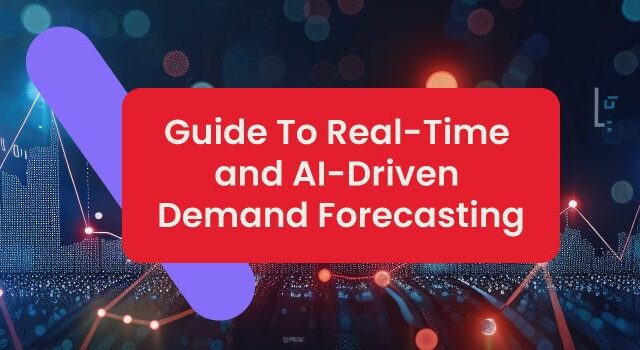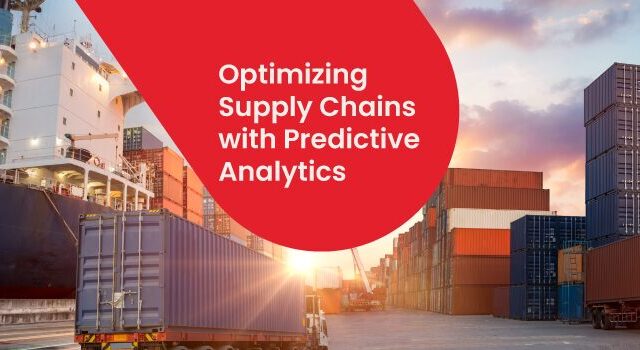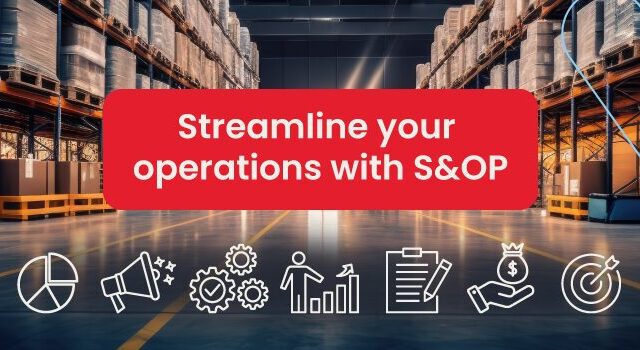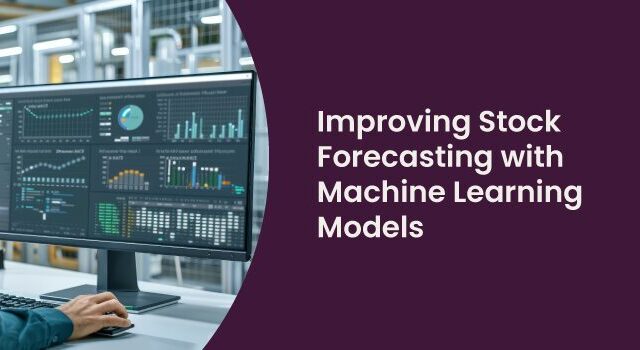From a supply chain perspective, we find ourselves in a world that is not only very uncertain at the moment but where the future is undetermined.
This is impacting us personally – to a great extent due to the considerable impact on the supply chains upon which we have become very dependent. Everything we take for granted and expect to be available in the stores when we walk in is the result of a functioning supply chain.
Almost in the blink of an eye, we are experiencing situations where shelves that were never empty previously are now empty and we are uncertain as to when those products will be available again, if ever. There are even situations where shelves are fully stocked, yet the items cannot be sold to the consumer during the lockdown.
The demand for some products has exceeded all previous levels. The question is, is this only in the short term? How long is that short-term? Will demand ever return to “normal levels”?
Has demand been created for products that did not even exist before the pandemic?
On the other hand, due to the dramatic impact this is likely to have on the economy and us financially, the demand for a bigger basket of products may be either dramatically reduced or totally non-existent for the foreseeable future. Relating this more specifically to the supply chain, we are faced with a situation where both demand and supply is uncertain.
On the supply side, we have situations where some suppliers are closed down and not likely to open until the lockdown is lifted. Some suppliers can still manufacture but on reduced capacity. This has raised serious questions regarding whether it is prudent to continue sourcing from other parts of the world where we have little or no control over the supply. It seems clear that the world we will eventually return to when everything is “normal again” is likely to be completely different. But how different?
In the meantime, we need to deal with the current situation and take action using the best information we have. Let’s examine the supply chain for a moment. The word “supply chain” implies there are many aspects to it. These complexities fall outside the scope of this discussion. Let’s take a simplistic view.
Goods flow along a supply chain from the supplier to the customer. The source of information we require for a supply chain to function starts by understanding the customer’s requirements. This information then flows back up the supply chain to the supplier in the form of production orders to which the manufacturer responds. This results in a flow of goods from supplier to customer. A break in any one element of that supply chain will cause a disruption.
For example, the manufacturer may be able to produce goods at this time while the traditional logistics path may not be able to deliver them. The result may be a much longer lead time than was used to plan the delivery and place the order. This could be due to harbors or airports being in either total lockdown or working under capacity. Knowing this before determining the quantity to order would have been beneficial.
Planning in a situation like this is entirely dependent on the information we have available and the accuracy of that information. Accuracy in this context is likely to relate to how current the data we use is. The situation is changing almost moment by moment.
So, what is the best way forward? Maybe there is something to be learned from past experiences.
This is what I observed working with clients during the financial crisis that started in the USA at the end of 2007 and resulted in a worldwide financial crisis. Some regard it as the most severe crisis since the Great Depression of the 1930’s. While the full financial impact of the Covid-19 crisis is still unfolding, indications are that it may end up being more severe than the financial crisis in 2007. Despite this, I feel the principles applied by the companies I worked with at that time would still apply.
There were, broadly speaking, two points of view:
- “There are too many unknowns – I do not know what to do. I’ll wait for things to get better.”
- “Let’s roll up our sleeves and get to work. We need to adapt to whatever is happening”.
The clients who assessed what was happening and realigned themselves based upon the latest information outperformed the others.
The best way I can describe this is that they communicated and communicated again, up and down the supply chain. And then communicated again. This helped them understand their customers’ requirements and suggest alternatives where they existed. The customers felt they were being supported and that their supplier cared. This built loyalty.
Speaking to their suppliers gave them more valuable information that they used to match the demand with the supply where possible. If the product was not available, they called their customers and explained the situation. In this way, they reassessed their position and, more importantly, supported their customers on an ongoing basis. This was a key factor.
Those who had planning tools, and actually used them, ran multiple scenarios to determine how sensitive they were to situations where for example:
- They had underestimated demand
- They had overestimated demand
- They could provide better service than their competitors and grow their market share
- The supplier was unable to meet the requirements – could they source elsewhere?
For example, being over-stocked at a time when demand was falling may have initially been thought to be a risk. Modeling alternative scenarios may indicate this to be a strategic advantage when competitors run out of stock and cannot source more.
Through this process, they were able to react most advantageously through challenging times both to the benefit of their customers and their businesses.




